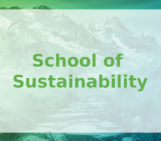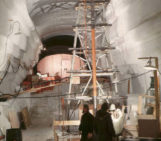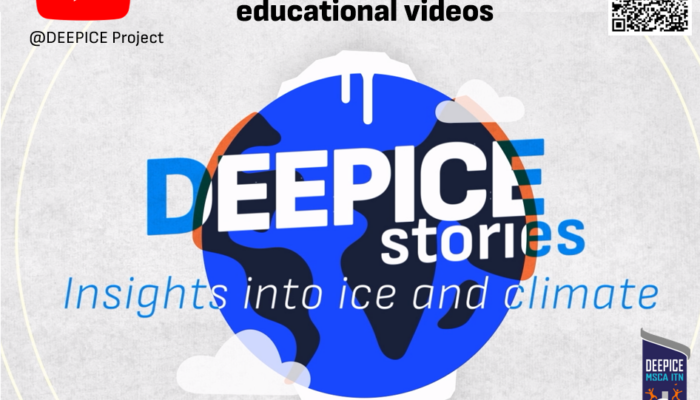
Mastering the art of science communication is becoming more and more important, especially in the realm of climate science!
Training and practice can really help PhD students acquire this skill. With this in mind, the DEEPICE project, a training network of 15 PhD students, has developed a wide range of activities to train the DEEPICE students, including the creation of a series of educational videos about ice cores, from scratch. In this blog post, we will tell you all about the project and how it went from a simple idea to reality.
Crafting our artistic vision
The DEEPICE training project places great emphasis on scientific communication training. As a result, the 15 PhD students of the network, who are based in 10 different countries and institutes, are involved in a number of related activities during the course of their thesis. These activities include the production of a 3-minute video, which was indicated as one of the project’s deliverables when it was proposed to the European Commission. Moving from proposal to realization was no mean feat!
At the beginning, we were facing many questions and challenges about how to start and proceed, such as:
- How should we organize the production of a series of 15 videos when the PhD students are all in different places?
- What technical means are needed to film the doctoral students and create the videos?
- Should we do something with the “means at hand” or call in the pros?
- Who will be the audience for the videos?
- How do we define the subjects of the videos?
All these questions had to be answered before we could really get down to work on the videos. To this end, the project coordinator (DEEPICE project manager) closely involved the PhD students in the decision-making process from the very start of the project, to ensure that the project reflected their wishes and constraints as closely as possible, through discussions, meetings and surveys!
After discussing, we agreed that we all wanted the videos to look very high-quality and professional. Indeed, we felt that this activity was not just to be a simple training exercise, but should also lead to the creation of a useful resource that could be used by as many people as possible.
We therefore chose to call upon the services of professionals (the audio-visual production company Inua-Prod, which had already worked on educational videos on climate for the Office for Climate Education). We asked them to help us produce videos mixing motion-design, animations and interviews with our PhD students. DEEPICE project manager (that is to say myself!) was the coordinator for the whole project and the main contact point for the PhD students and the production company. Once this choice had been made, all we had to do was define our action plan… and lights, camera, and action!
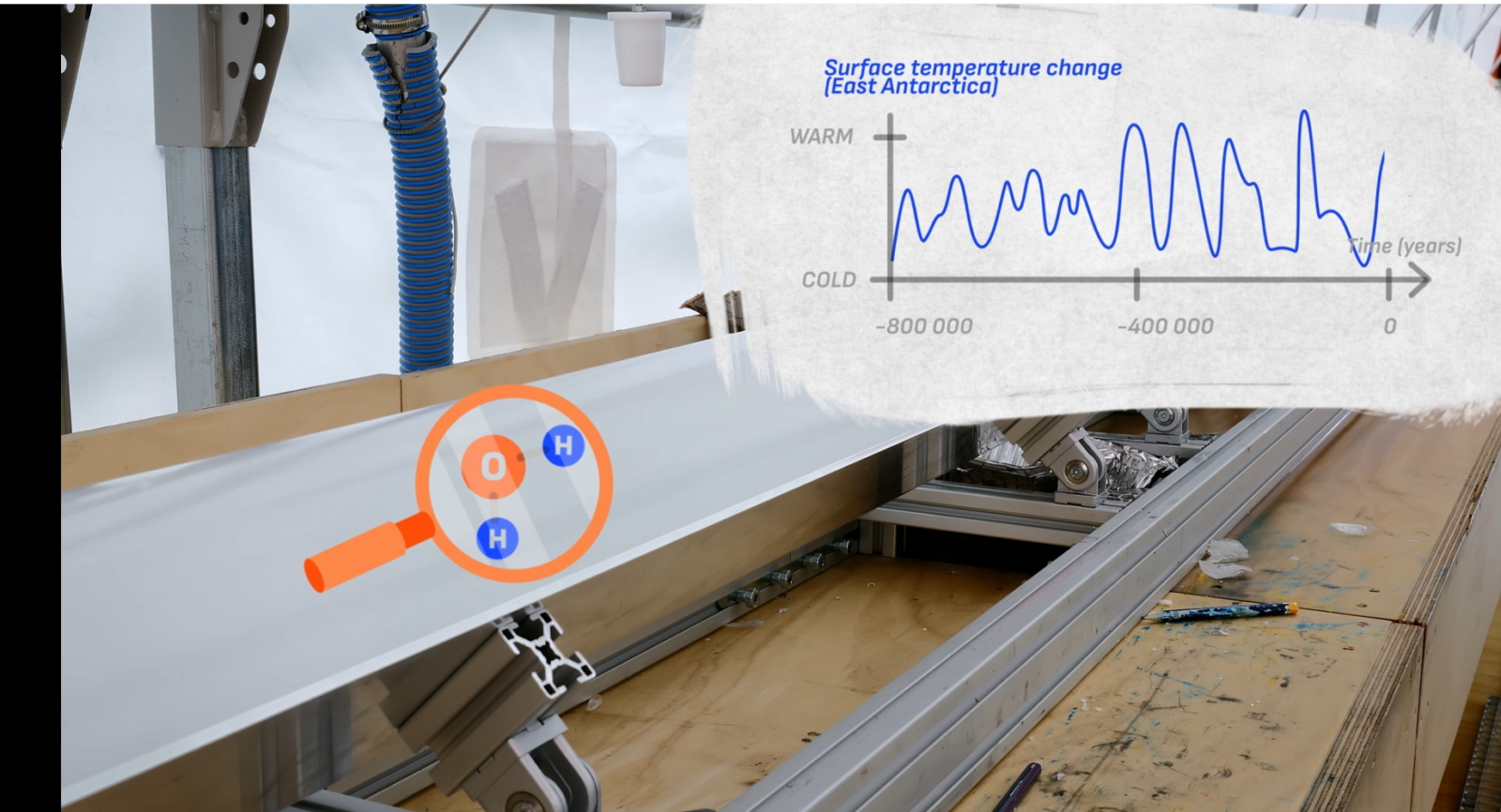
Fig. 2 : Screenshot of DEEPICE video “Challenges of past temperature reconstruction from ice cores” by Inès Ollivier.
The behind-the-scenes of the video production
The project was divided into several stages:
- Step one: defining the topics. Each PhD student chose their topic (Fig. 3), and we checked the overall coherence to ensure that the videos complement each other well and could form a nice series.

Fig. 3: Illustration of the 15 topics addressed by the series DEEPICE Stories. [Credits: Inua-Prod and Pauline Fuchs]
- Step two: defining the audience of the videos. To do this, we sent out a survey to teachers in various European countries to gauge their interest, and to understand whether a resource produced in English, with subtitles, would still be useful to them. We then agreed to aim at producing videos accessible for high school students (14-18 years old).
- Step three: writing the video scripts. This is a crucial stage in defining the information to be conveyed by the video: in other words, the text to be “read” by the PhD students. Reviewing of the scripts is very important, whether by other scientists or communications professionals, to ensure that the explanations are accessible to the target audience.
- Step four: designing the storyboards. This step is about giving ideas in terms of illustrations and video excerpts that we want to integrate into the videos to make them as educational and clear as possible!
- Step five: filming! Once the scripts were finalized, we organized the filming in Switzerland, during a summer school at which all the PhD students were present. Over two days, 15 videos had to be shot in a meeting room converted into a cinema studio (Fig. 4), with a camera, light, microphone and teleprompter!
- Step six: selecting artistic choices. Title, music, graphic style… the PhD students were able to vote and choose what they liked the most.
- Step seven: reviewing of the edited videos. With all the instructions given by the PhD students, and the images filmed in Switzerland, the professional team produced a first version of the videos which integrated sequences with the students facing the camera, motion design animations, and video excerpts to illustrate the topics covered (images of Antarctica and field work, overviews of laboratory analyses, and others…). This review stage is very important to ensure that the scientific messages are clear and that the illustrations are as appropriate as possible. There were three rounds of feedback between the filming team, the PhD students and the project manager to arrive at the final version of the videos!
- Step eight: broadcasting the videos online. The videos are now finished, all that remains is to put them online on our YouTube channel after defining a robust communication strategy! And yes, producing is one thing, but advertising is another matter…
Making the science of ice cores accessible through videos
The videos were finally ready, but there was still a lot of work to be done to distribute them. For this, the project coordinator established a communication strategy to identify and inform partners likely to disseminate and/or use these videos (members of the DEEPICE project, the international ice core community and research networks, science communicators and museums, teachers…). Advertising on social media and through newsletters, uploading videos on our YouTube channel with subtitles in several languages, video files uploaded on Zenodo repository, writing blog articles (like this one!) are all actions that we have implemented to make our resource visible and accessible to anyone interested.
We also organized a workshop at EGU24, as part of the ‘Geoscience Information For Teachers (GIFT)’ workshop. There, we had the opportunity to present our series of videos, together with hands-on activities about ice cores to a group of 90 teachers from all over Europe and beyond (Fig. 5)!
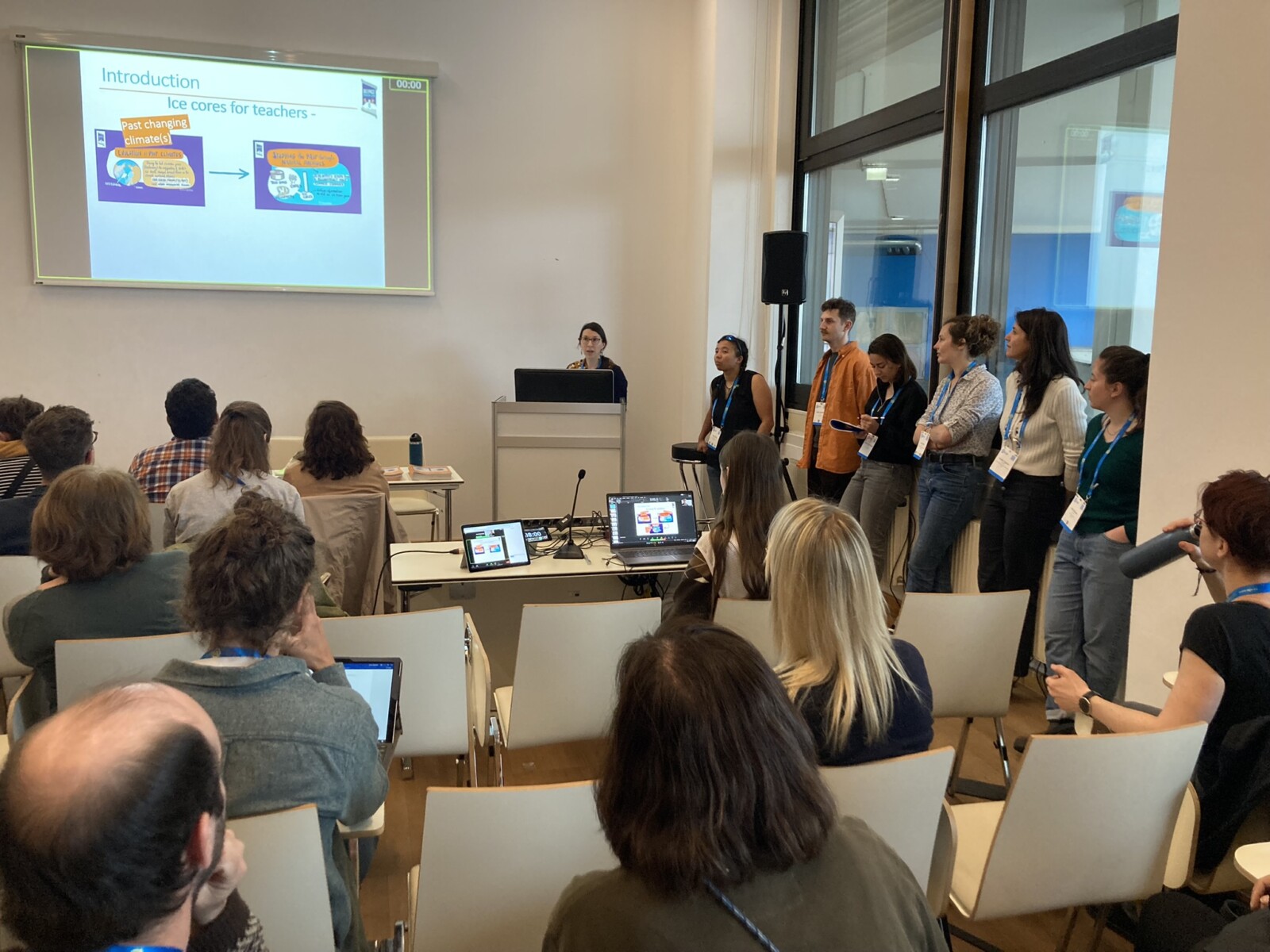
Fig. 5: Presenting the series DEEPICE Stories and other resources about ice cores during the GIFT Workshop at EGU24. [Credits: Marie Kazeroni]
Mission completed!
As a conclusion, it seems that the project went beyond our expectations. The result really met our expectation: professional and attractive videos. The feedback from teachers and other listeners has also been very positive. The videos are understandable and make the science of ice cores accessible for those who want to discover everything ice can tell us about climate.
For the PhD students, in addition to being a very complete exercise in science communication, this project allowed them to have a nice video to share with their families and friends to explain their research work.
Some advice if you are considering embarking on a similar project: clearly define the schedule and the different stages and be aware – it takes time! It took us almost two years of work, from the first discussions to putting the videos online!
Further Reading
- Read more about the DEEPICE Project here and meet the team behind the videos.
- Watch the videos “DEEPICE Stories: insights into ice and climate” here.
- Check out our educative infographics about ice cores.
- Read this Cryoblog post to learn more about ice core science!
Edited by Larissa van der Laan, Emma Pearce and Lina Madaj




